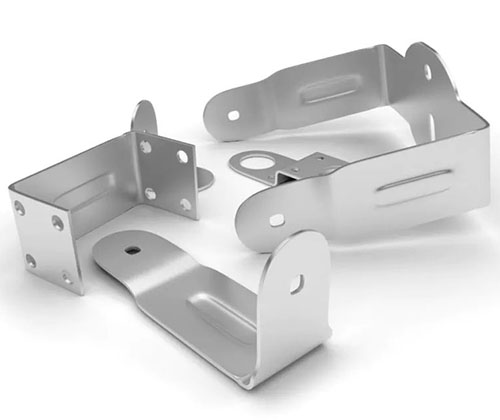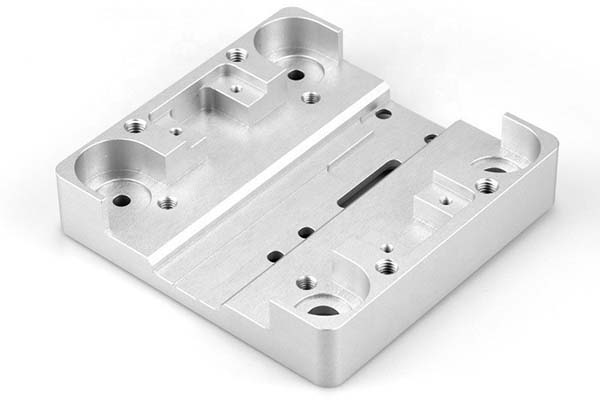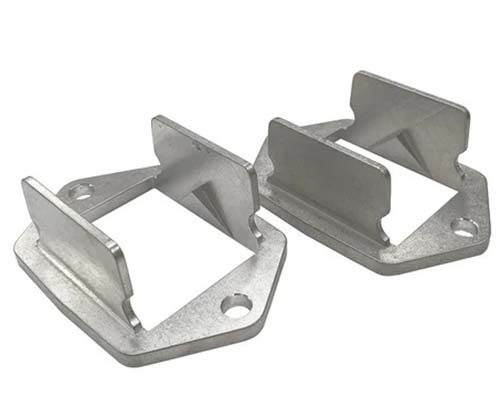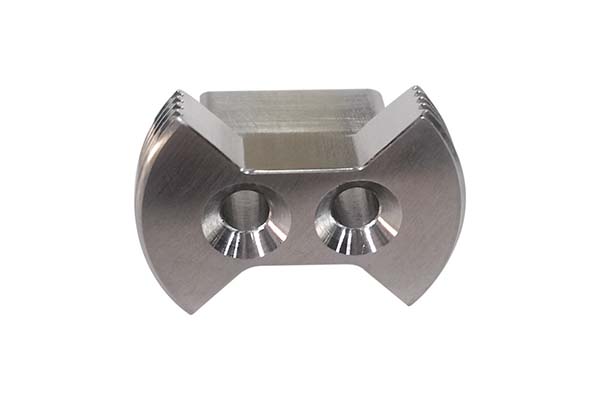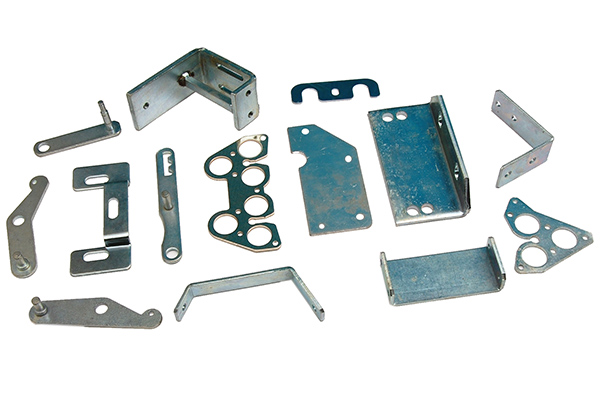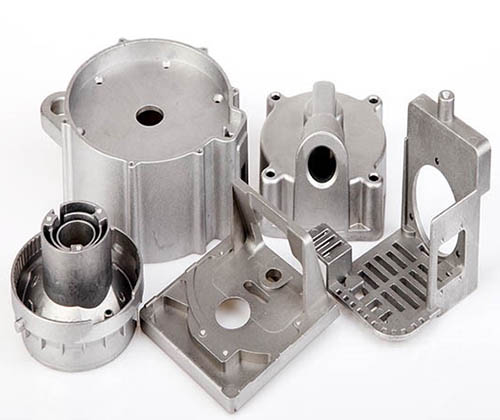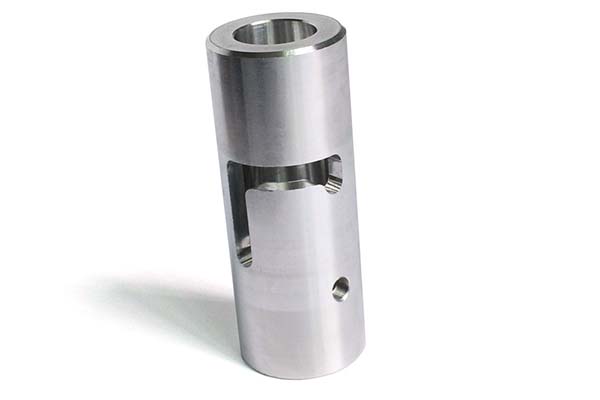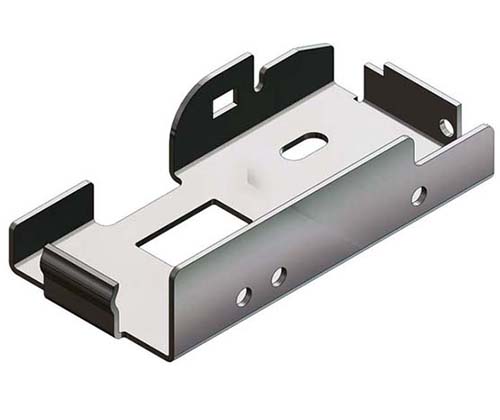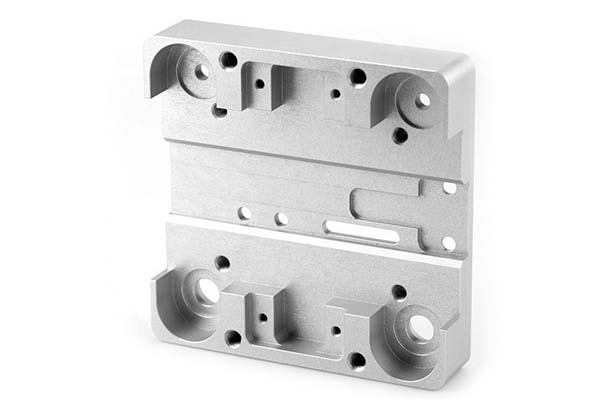You’ve chosen A360 aluminum alloy for its reputation as a corrosion-resistant, high-performance material, expecting parts that can withstand harsh environments while maintaining strength. But your production is facing issues: the molten alloy doesn’t flow as smoothly as other alloys, leaving thin sections of engine components incomplete. Some parts have lower tensile strength than expected, failing under moderate loads, while others have inconsistent corrosion resistance—some samples hold up in salt spray tests, others rust quickly. Maybe the cycle time is longer than with other alloys, or the die requires frequent maintenance, cutting into production efficiency. Worse, your “high-purity” parts have porous interiors that leak in pressure tests, making them unsuitable for fluid-handling applications.
A360 aluminum alloy is a specialized die casting alloy prized for its exceptional corrosion resistance and balanced mechanical properties. Its unique alloying elements (silicon, magnesium, and minimal copper) deliver properties that make it ideal for parts exposed to moisture, chemicals, or salt. But unlocking its potential requires mastering the die casting process, from cold-chamber setup to post-treatment. In this guide, we’ll explore die casting A360, helping you leverage its unique strengths to create durable, high-quality parts for corrosive environments.
Material Properties: The Strengths of A360 Aluminum Alloy
A360’s appeal lies in its specialized material properties—a blend of corrosion resistance, strength, and castability that makes it stand out among aluminum alloys:
- Mechanical performance: A360 offers reliable mechanical properties for corrosion-critical applications. It has a tensile strength of 240-280 MPa, yield strength of 140-160 MPa, and elongation of 6-8%—enough for parts like water pumps and fluid valves. Its hardness (70-80 HB) is slightly lower than A380 but sufficient for most non-wear-intensive applications. The alloy’s magnesium content (0.4-0.6%) enhances strength and corrosion resistance, while its silicon content (9-10%) ensures good casting fluidity—a rare balance that makes it suitable for both structural and corrosive environments.
- Corrosion resistance and structure: A360’s low copper content (0.1% max) is key to its exceptional corrosion resistance—copper can accelerate rusting in moist environments, so minimizing it makes A360 ideal for outdoor or marine applications. It forms a dense, protective oxide layer that resists salt spray, chemicals, and moisture, outperforming A380 and A383 (ADC12) in corrosion tests. When properly cast, A360 has a fine grain structure (refined by rapid cooling) that minimizes porosity and enhances strength. Its density (2.7 g/cm³) keeps parts lightweight, while its specific gravity (2.7) provides a solid feel in hand tools and industrial components.
- Casting fluidity and conductivity: A360 has good casting fluidity—not as high as A383 (ADC12) but sufficient to fill most complex geometries with thin walls (down to 1.0 mm). Its thermal conductivity (130-150 W/m·K) is suitable for heat-dissipating parts like electrical housings in humid environments, while its electrical conductivity (25-30% IACS) works for low-current electrical connectors. The alloy’s eutectic composition (silicon and aluminum) ensures consistent melting and solidification, reducing defects like cold shuts and shrinkage.
Die Casting Process: Optimizing for A360
A360’s unique properties demand specific die casting process controls to maximize its corrosion resistance and strength:
- Cold-chamber essentials: A360’s high melting point (570-590°C) requires cold-chamber die casting. Key parameters include injection speed (2-3 m/s) and injection pressure (70-90 MPa)—slightly higher than A383 (ADC12) to ensure full cavity filling. The die (typically H13 tool steel) should be preheated to 200-230°C to prevent cold shuts, with die maintenance (regular polishing and lubrication) critical to maintaining surface finish. A360’s magnesium content can cause die soldering (alloy sticking to the die), so die lubrication (high-quality, water-based graphite) must be applied evenly to all surfaces to prevent adhesion.
- Die design and cooling: A360’s slightly lower casting fluidity requires careful die design. Draft angles of 1.5-2° ease ejection, reducing surface damage that can compromise corrosion resistance. Venting (0.15-0.2 mm gaps) is critical to prevent gas entrapment, which causes porosity—porous areas are prone to corrosion, so minimizing them is key. The gating system should use larger runners and gates to ensure smooth flow, with parting lines positioned to avoid flash that would require post-casting grinding (which can expose unprotected metal). Cooling rate is controlled via water channels: faster cooling (40-60°C/s) refines grain structure for strength, while slower cooling in thick sections reduces internal stress and cracking.
- Post-casting steps: A360 requires specialized post-casting treatment to maximize corrosion resistance. Shot blasting (80-100 grit) removes surface oxides without damaging the protective layer, while chemical conversion coating (like chromate or anodizing) enhances the oxide layer’s thickness and durability. Unlike some alloys, A360 doesn’t benefit from heat treatment—its properties are optimized by the casting process. Quality control includes salt spray testing (240+ hours for marine applications) and porosity checks (via X-ray for fluid-handling parts), ensuring consistent performance in corrosive environments.
Applications: Where A360 Excels
A360’s exceptional corrosion resistance makes it ideal for applications exposed to moisture, salt, or chemicals:
- Automotive and marine: Automotive parts like radiator end tanks, water pumps, and fuel system components rely on A360’s resistance to coolants and road salt. Marine applications (boat hardware, valve bodies, pump parts) use A360 to withstand saltwater corrosion—parts last 2-3 times longer than A380 in marine environments. Its ability to handle fluids without leaking makes it suitable for transmission housings and brake fluid reservoirs.
- Industrial and fluid handling: Industrial equipment like chemical pumps, valve bodies, and meter housings uses A360 for its resistance to acids, alkalis, and solvents. Fluid-handling parts (pipes, fittings, regulators) benefit from its low porosity and corrosion resistance, ensuring leak-free operation. In food processing, A360’s corrosion resistance and material purity (low heavy metals) make it suitable for equipment that contacts food or beverages.
- Outdoor and electrical: Outdoor hardware (door handles, fence brackets, irrigation components) leverages A360’s resistance to rain and humidity, reducing maintenance. Electrical housings for outdoor lights, junction boxes, and marine electronics use A360 to protect components from moisture, ensuring reliable operation in wet conditions. Its electrical conductivity and corrosion resistance make it ideal for electrical connectors in outdoor power systems.
Performance and Benefits: Why A360 Stands Out
A360 offers performance and benefits that make it irreplaceable in corrosion-critical applications:
- Corrosion resistance: A360’s ability to withstand salt spray, chemicals, and moisture reduces maintenance and replacement costs. In marine applications, it lasts 5-10 years without significant corrosion, outperforming A380 (2-3 years) and steel (1-2 years with painting). This durability makes it ideal for parts where failure due to corrosion could cause safety issues or downtime.
- Design flexibility: A360’s casting fluidity allows complex geometries—thin walls, internal channels, and fine details—that would be costly to machine from solid corrosion-resistant metals like stainless steel. It can be anodized, painted, or powder-coated to further enhance corrosion resistance or aesthetics, adapting to everything from industrial valves to decorative outdoor hardware.
- Cost efficiency: While A360 is slightly more expensive than A383 (ADC12) upfront, its longer service life and lower maintenance costs make it more cost-effective over time. Its cycle time (30-60 seconds per part) is competitive with other corrosion-resistant alloys, and its good die life (300,000+ cycles with proper maintenance) keeps production costs manageable. For high-volume, corrosion-critical parts, A360 offers the best balance of performance and cost.
Yigu Technology’s Perspective: Expertise in A360 Die Casting
At Yigu Technology, we specialize in A360 die casting for clients needing corrosion-resistant parts. We optimize injection pressure and speed to minimize porosity, ensuring parts are leak-free for fluid-handling applications. Our die designs feature enhanced venting and smooth runners to maximize flow, with strict quality control (including salt spray testing and X-ray inspection). We also offer specialized coatings to boost corrosion resistance for marine or chemical environments. Whether you need automotive parts, industrial valves, or outdoor hardware, we leverage A360’s unique properties to deliver durable, high-quality parts. Die casting A360 isn’t just about manufacturing—it’s about creating solutions that thrive in the harshest environments.
Frequently Asked Questions (FAQ)
- Why is my A360 parts’ corrosion resistance inconsistent?
Inconsistent corrosion resistance often stems from varying material purity or porosity. Ensure you’re using high-purity A360 ingots with <0.1% copper (copper accelerates corrosion). Minimize porosity by optimizing injection pressure (80-90 MPa) and venting (0.15 mm gaps) to prevent gas entrapment. Post-casting, apply a uniform conversion coating (2-5 μm thick) to ensure the protective oxide layer is consistent across all surfaces.
- How does A360 compare to other corrosion-resistant alloys like A356?
A360 has better casting fluidity than A356, making it suitable for more complex geometries in die casting. A356 offers higher tensile strength (310 MPa vs. 240-280 MPa) but is more expensive and less castable. A360 is better for high-volume, corrosion-critical parts with moderate strength needs, while A356 suits low-volume, high-strength applications. Both outperform A380 in corrosion resistance.
- Can A360 be used for parts exposed to high temperatures?
A360 performs well at moderate temperatures (up to 120°C) but softens above 150°C. For parts exposed to higher heat (like engine components near exhausts), consider a hybrid approach: use A360 for corrosion-prone areas and A380 for high-heat sections, then join them. For continuous high-temperature exposure (150°C+), a heat-resistant alloy like A380 may be more suitable, with protective coatings added for corrosion resistance.
